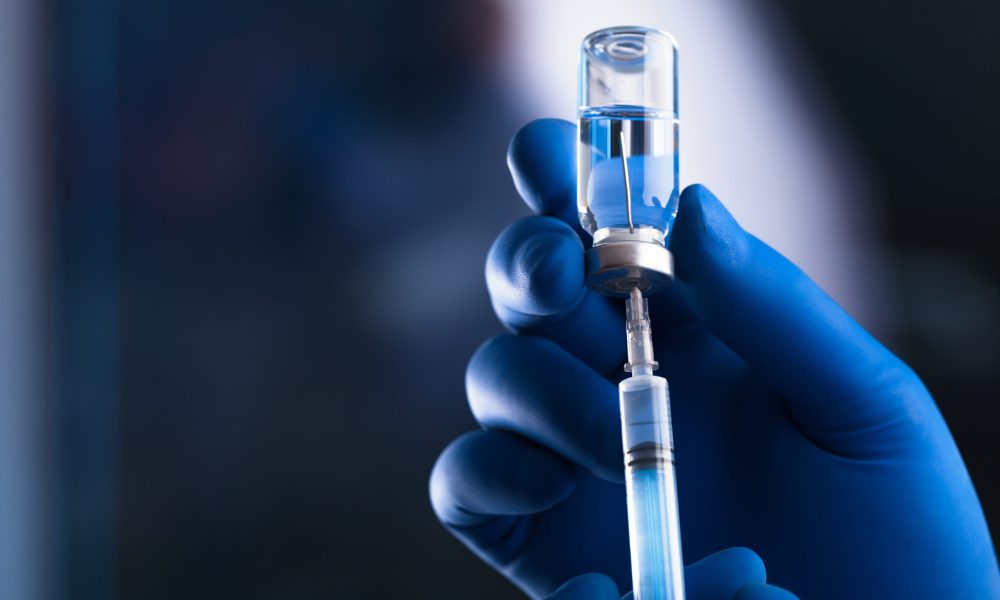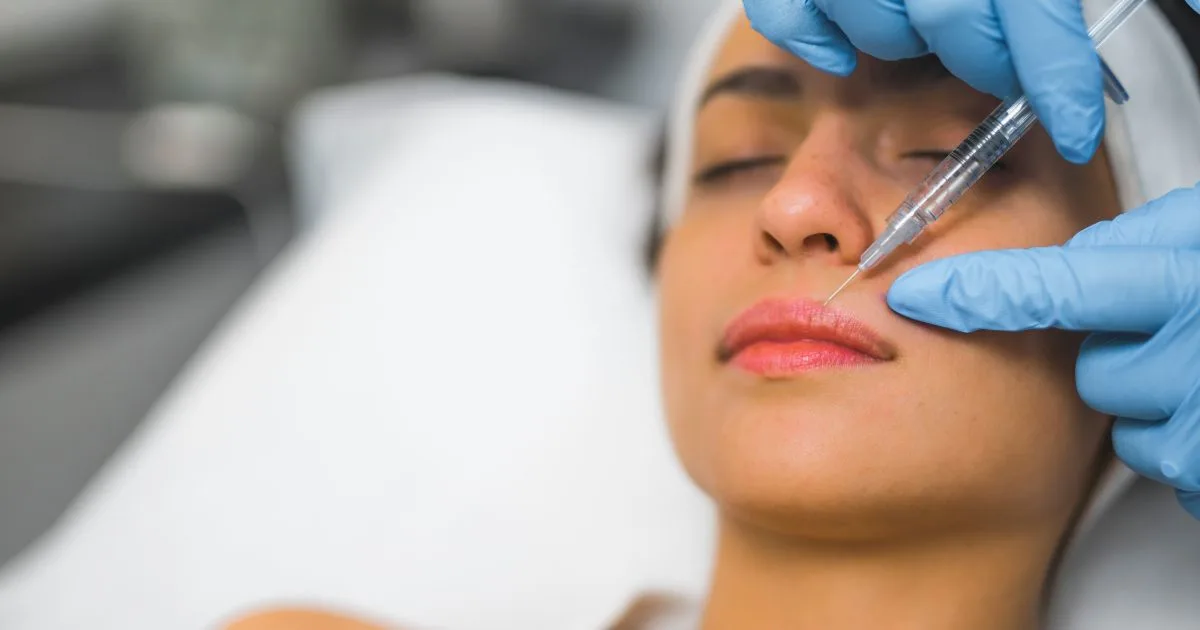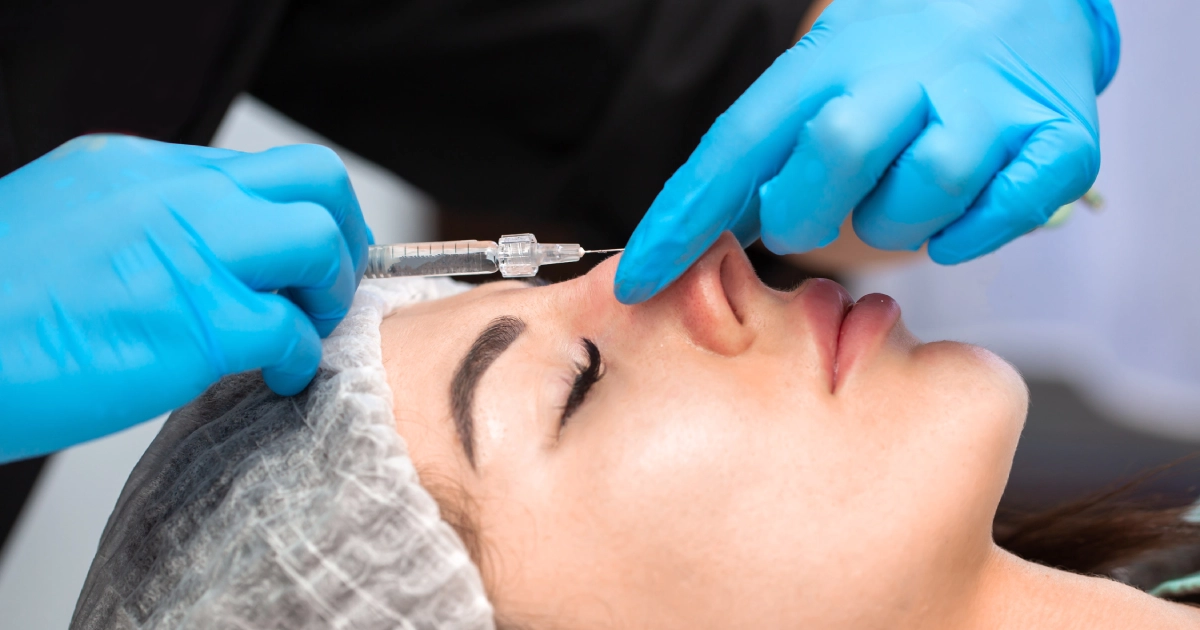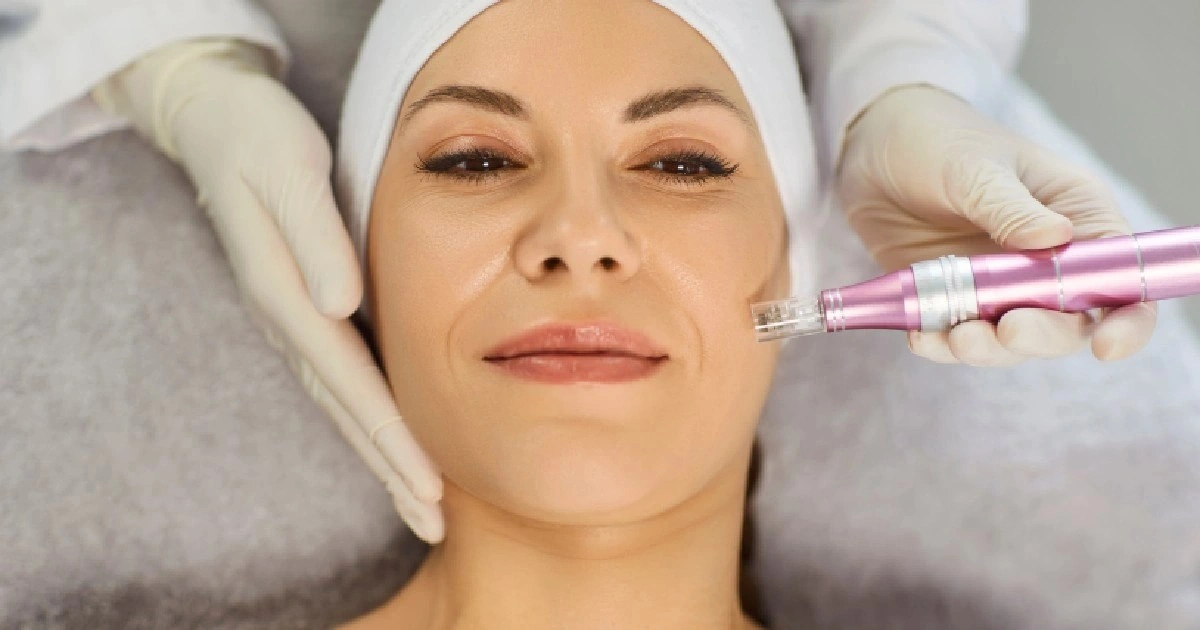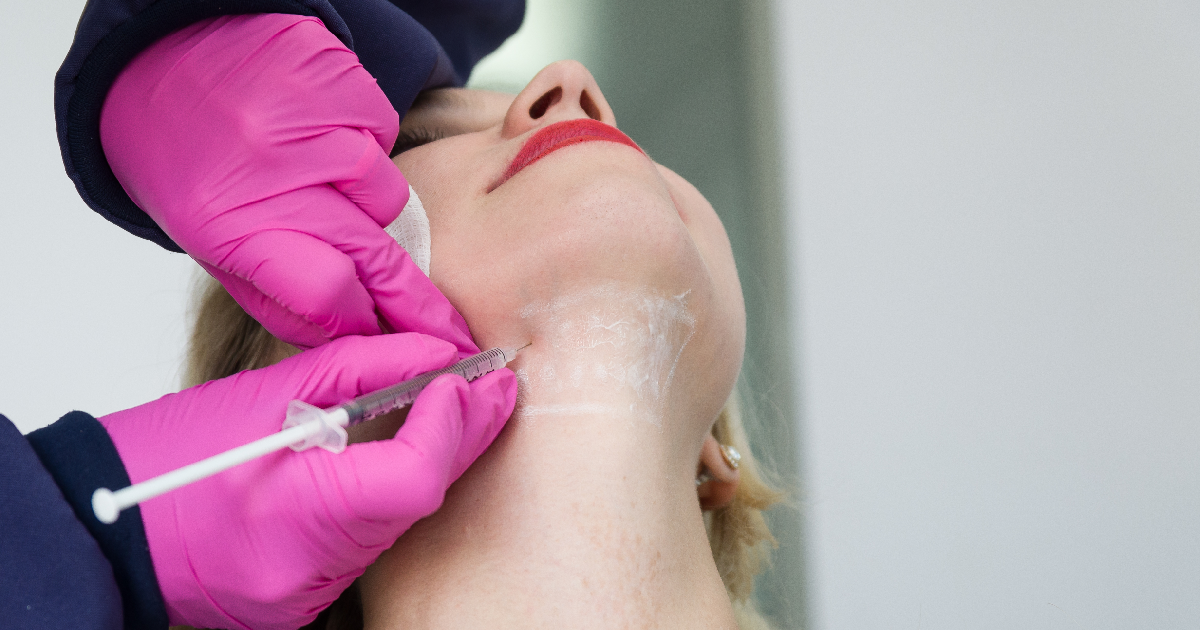Soft tissue filler lip augmentation is both an artistic and a technical challenge. For best results, one needs meticulous injection technique, skill, and a thorough understanding of lip anatomy and lower face aesthetics. In addition, for safe and effective treatment, proper knowledge of the filler products themselves is required, including each individual and unique characteristics, expert uses, and potential complications.
There are risks with any treatment, and lip fillers are no exception. Even in the most competent hands, things don’t always go according to plan, and that’s why filler lumps happen. If you believe your lip fillers have gone wrong, the most crucial and first thing you should do is see a doctor or contact a medically qualified aesthetics practitioner right away.
How Risks Are Minimized
There are plenty of terrifying anecdotes associated with injectable procedures; however, a significant portion of these risks can be mitigated.
All injectable procedures carry some level of risk. Choosing a medically qualified practitioner who is also well trained in aesthetic practice and has a background in clinical medicine means that issues are rare, less substantial, and picked up on/managed if they occur. No one denies that medical injectors can experience these things, but they will likely have less impact.
There are far too many instances of filler problems that have not been identified and treated quickly enough. Unfortunately, this is often since these treatments have been administrated by someone not appropriately trained or credentialed. While they may know how to apply the filler solution, they don’t know how to address a problem when they see one.
Many men and women have placed their trust in their providers to do the right thing and make them look their best, only to end up frightened, in pain, swollen, and scarred due to the experience. How then can you determine whether or not your fillers are functioning correctly and whether or not what you’re experiencing is typical?
What Side Effects Are Considered “Normal” In Lip Fillers?
When it comes to fillers, one person’s average is not necessarily the same as another’s average. Some individuals do not experience any bruising or swelling, and they emerge from the treatment with beautiful lips that have a complete and natural appearance. This is their everyday life; how fortunate for them!
However, to the unfortunate, they may experience the following side effects:
- Bumpiness
- Redness
- Lumps
- Discomfort
- Bruising
- Slight bleeding at injection sites
This could last anywhere from one to five days. However, you should notice that the symptoms lessen each day after you begin the treatment.
Why Do Filler Lumps Particularly Happen On The Lips?
The process usually causes a small amount of trauma to the area, resulting in swelling and bruising when fillers are used. As the affected region heals, it is normal for there to be some swelling in the area, which may take the form of lumps. After getting dermal fillers, it is common to experience some swelling, but the degree to which this occurs varies greatly from person to person.
Because the tissue in the lips is relatively delicate, there is a greater possibility that lip fillers will cause some swelling. Do not be alarmed if, immediately following treatment, your lips appear to be mildly fuller than you had anticipated. It is expected that the swelling will decrease by day three.
After about 24 to 72 hours following treatment, the swelling will have reached its maximum extent; at this point, it will gradually go down. The swelling may persist for one to four weeks on rare occasions, but this occurrence is much less typical.
The majority of people do notice an improvement within the first three days. You should keep in mind that you are trained to ensure swelling to a minimum, and by selecting a clinic with a good reputation, you can help ensure that the experience goes as smoothly as possible.
How Do You Distinguish If It Went Rightly Or Wrongly?
Fortunately, the vast majority of filler procedures are performed using products that are based on hyaluronic acid. The human body naturally produces a substance known as hyaluronic acid. This indicates many can tolerate it with relative ease. That is not to say, however, that there are no instances in which things do not go as planned.
There are different sorts of complications that can arise after fillers have been administered. Let’s look at some of them:
Oversized Lumps And Bumps
The oversized appearance of lumps and bumps can be attributed to various causes. Sometimes it’s because the filler was placed incorrectly; typically, it’s because it was placed too close to the skin’s surface. There is also the possibility that the filler has formed into a ball. Lumps and bumpz=s are benign growths that can appear as white or skin-colored lumps. They do not cause pain and are not known to spread to other areas of the body.
To fix them, a provider will either massage them or warm them with a compress, after which the lumps will be punctured, and the goo will be released. Alternatively, the provider will puncture the lump directly. Hyaluronidase, a dissolver that can only be obtained with a doctor’s prescription, is another option for dissolving the filler.
Allergic Reactions
People are rarely allergic to the filler itself. More often than not, they are allergic to the anesthetic used before the filler was applied. The severity of these responses can range from mild to severe.
Among the symptoms of an allergic reaction are:
- Anaphylaxis
- Excess Sweating
- Itchiness
- Prolonged Redness
- Prolonged Swelling
Infections
Infection is possible whenever the skin barrier is compromised. This risk is reduced by having treatments in a clinical setting with a practitioner who uses aseptic techniques, sterile equipment, and FDA or CE-approved products.
Takeaway
The experienced team at The Best Injector will provide you with complete aftercare information during your appointment and are always happy to answer queries if you have any concerns about your filler treatment. Contact our team today to get a complete picture of what is causing your filler lumps.


